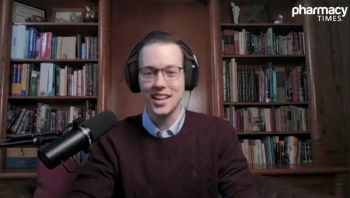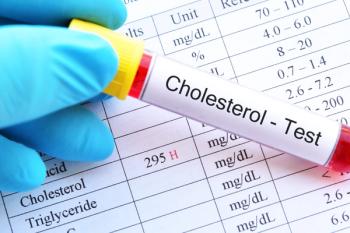
Nanoparticle Gene Therapy Shows Promise for Asthma Treatment
Nanoparticle thymulin gene therapy may reduce inflammation in chronic asthma.
Researchers found a potential method to deliver nanoparticle-based gene therapy to repair lungs and reduce inflammation in patients with chronic asthma during a recent study.
"We found that a single dose of highly compacted DNA nanoparticle thymulin gene therapy effectively reduces the inflammatory and remodeling process in asthmatic lungs," said lead author Adriana Lopes da Silva, PhD. "This is especially important because some patients do not benefit from long-lasting beta2-agonists and inhaled corticosteroids, which are the most widely used asthma therapies."
According to the study, presented at the American Thoracic Society 2016 international Conference, asthma causes changes in the airways in the lungs known as remodeling, and is thought to be caused by long-term inflammation that can lead to asthma becoming more severe.
"Alternative therapeutic approaches that can both reduce inflammatory and remodeling processes by overexpressing or inhibiting specific genes in the asthma inflammatory cascade, in different types of asthma and without leading to immunosuppression, are sorely needed," Dr da Silva said.
Researchers discovered that inserting a thymulin analog gene into a plasmid using DNA nanoparticles enhanced airway repair and improved lung function in a mouse model. Investigators then formulated and characterized the thymulin nanoparticles and assigned 1 of 4 treatments to female mouse models.
In the OVA group, the mice were immunized and challenged with a common allergen found in egg whites, called ovalbumin. The control (CTRL) group were immunized and challenged with saline. Researchers then injected mice models with saline, 1 dose of nanoparticles, or 3 doses of DNA nanoparticles 24 hours after the last challenge.
The researchers observed the mice’s lungs after 20 days. A single dose of thymulin gene therapy was shown to reduce lung inflammation and improve airway structure and function.
"We now need to better understand the mechanisms behind this therapeutic strategy," Dr da Silva concluded. "We hope to then start Phase I trials in the near future."
Newsletter
Stay informed on drug updates, treatment guidelines, and pharmacy practice trends—subscribe to Pharmacy Times for weekly clinical insights.


















































































































































































































